Meet some of the women firefighters battling flames in California
National Geographic photographer profiles some women firefighters during a particularly active season.
Lake Tahoe Basin, California — When Meglan Enz was 10 years old she decorated her bedroom walls with posters, stickers, and pages torn from magazines of anything tied to the U.S. military. She couldn’t wait to be part of a world where it “was a big deal” for women to enlist.
Then one day there was a fire in her grandparents’ house on the family ranch in Hollister, California. By the time she and her parents arrived, the fire had been extinguished. Among the firefighting crew was a woman—caked in soot, her head covered with a helmet and self-contained breathing apparatus—carrying a flat head axe and Halligan tool. Enz was stunned.
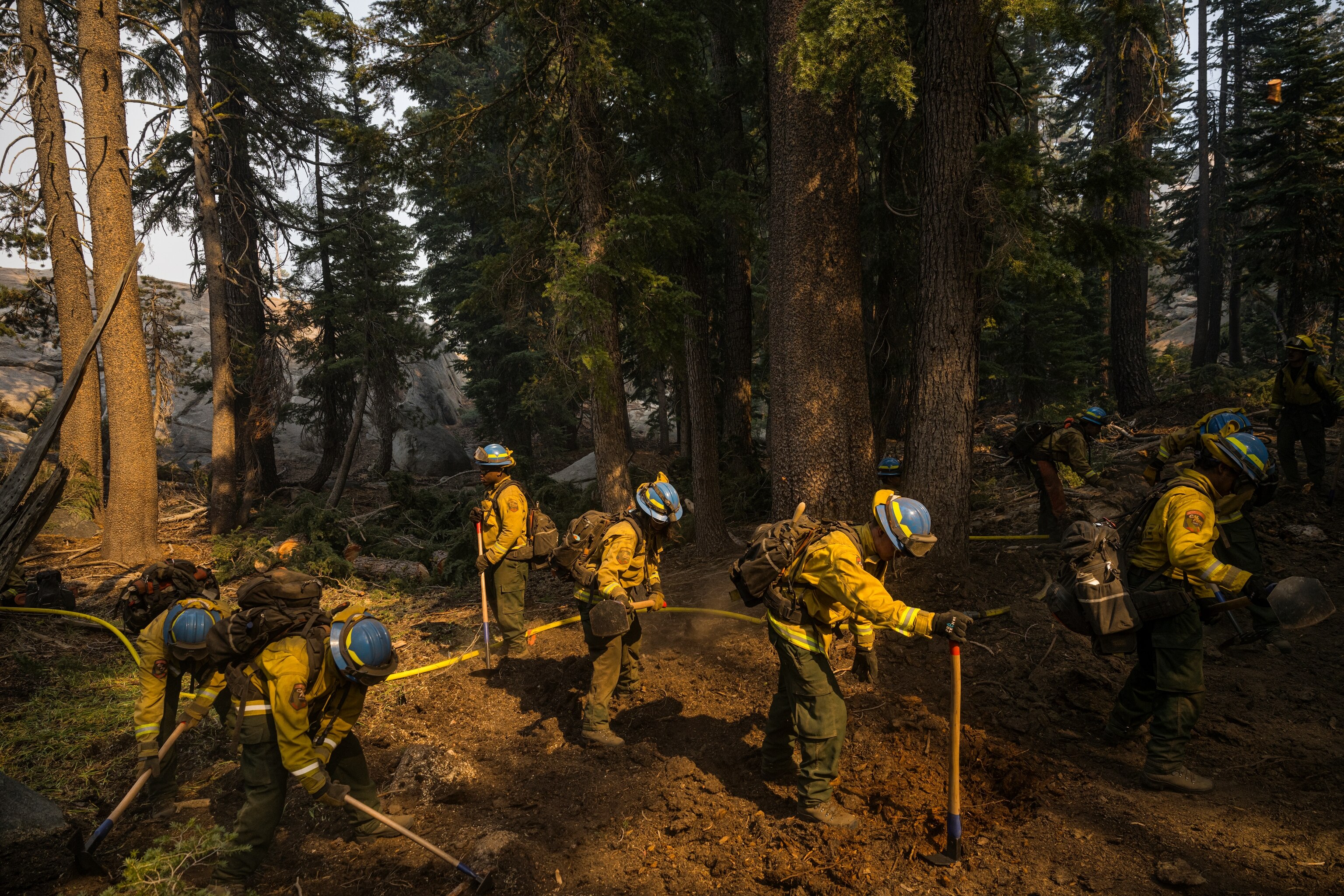
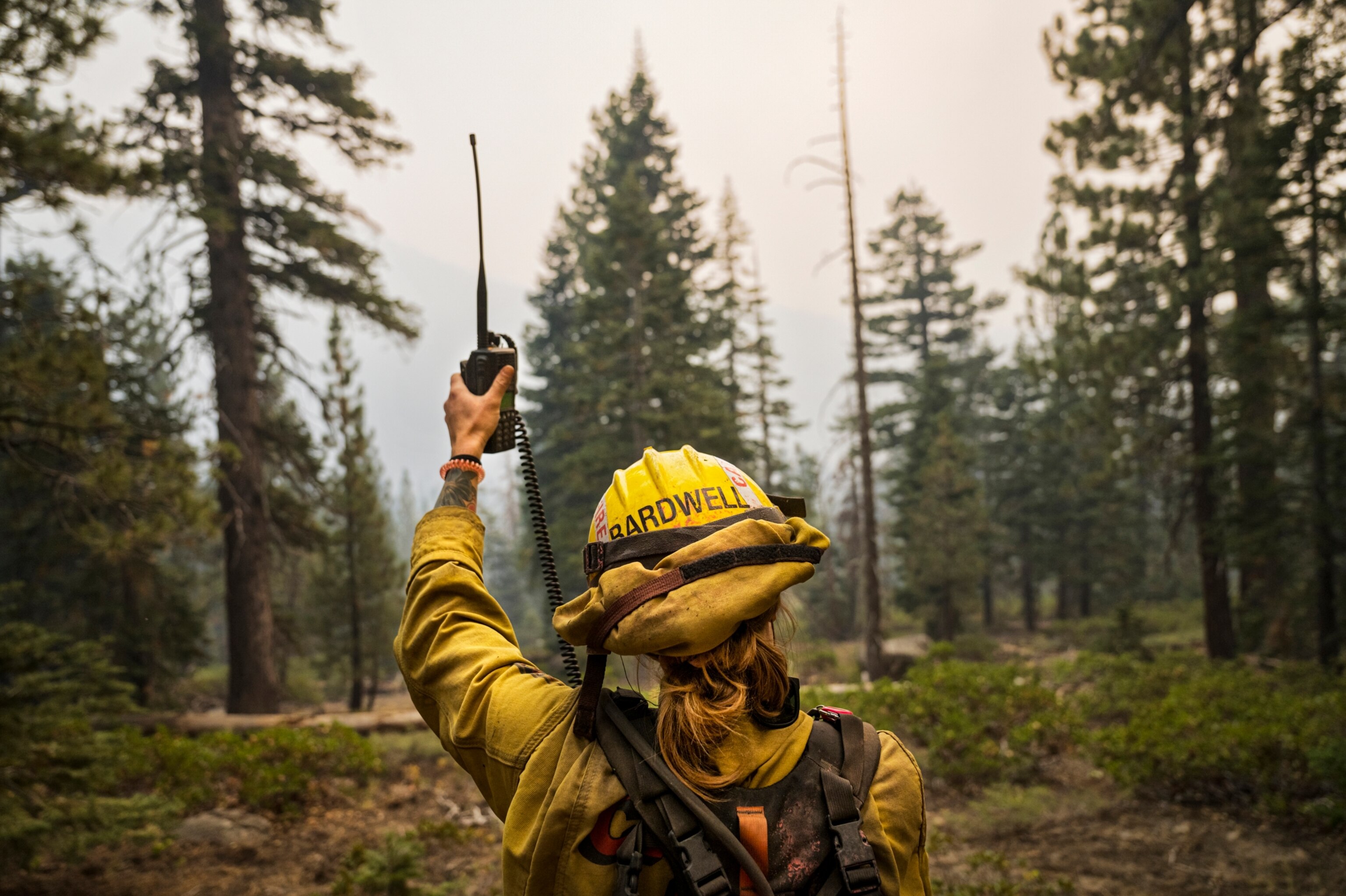
“They let you do that?” the young Enz asked as the female firefighter approached. “You’re actually a firefighter, you’re a woman firefighter?"
“Yes,” Enz recalls the firefighter responding. “And I hope one day, you’ll think about it because we need a lot more women in the fire service.”
And with that, the anonymous woman planted a seed in Enz’s young mind, derailing her plans to join the military. Enz is now in her third season with CAL FIRE (California Department of Forestry and Fire Protection).
While statistics about the number of women in CAL FIRE only date back to 2019, they account for roughly 5.5 percent of the approximately 8,300 workforce. The job is rigorous for anyone—male or female. Battling wildfires requires both physical and psychological strength, as well as stamina to sustain the 24-hours on, 24-hours off shifts during the height of fire season. Climate change has created increasingly dry conditions and drought across California, which has led to a rise in the intensity and length of time fires rage across the state. Fire season now runs as long as 10 months out of the year—that’s up from three months a decade ago—with the occasional blaze erupting even in December and January.
These are just a handful of the female firefighters with CAL FIRE who spend their days extinguishing flames that can grow from a spark to an inferno along the unforgiving canyons and ridgelines that stretch from the Lassen National Forest through the Lake Tahoe Basin.
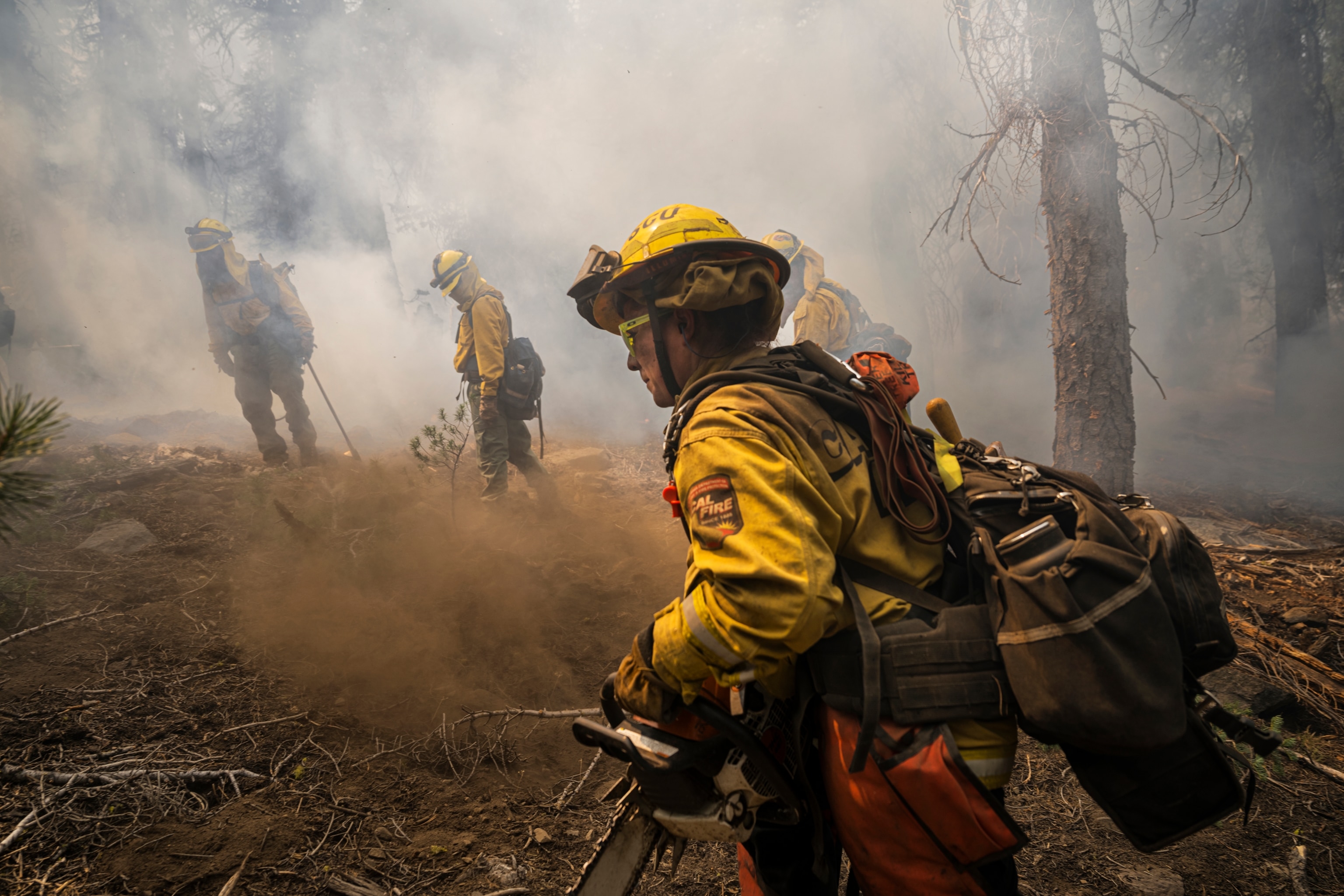
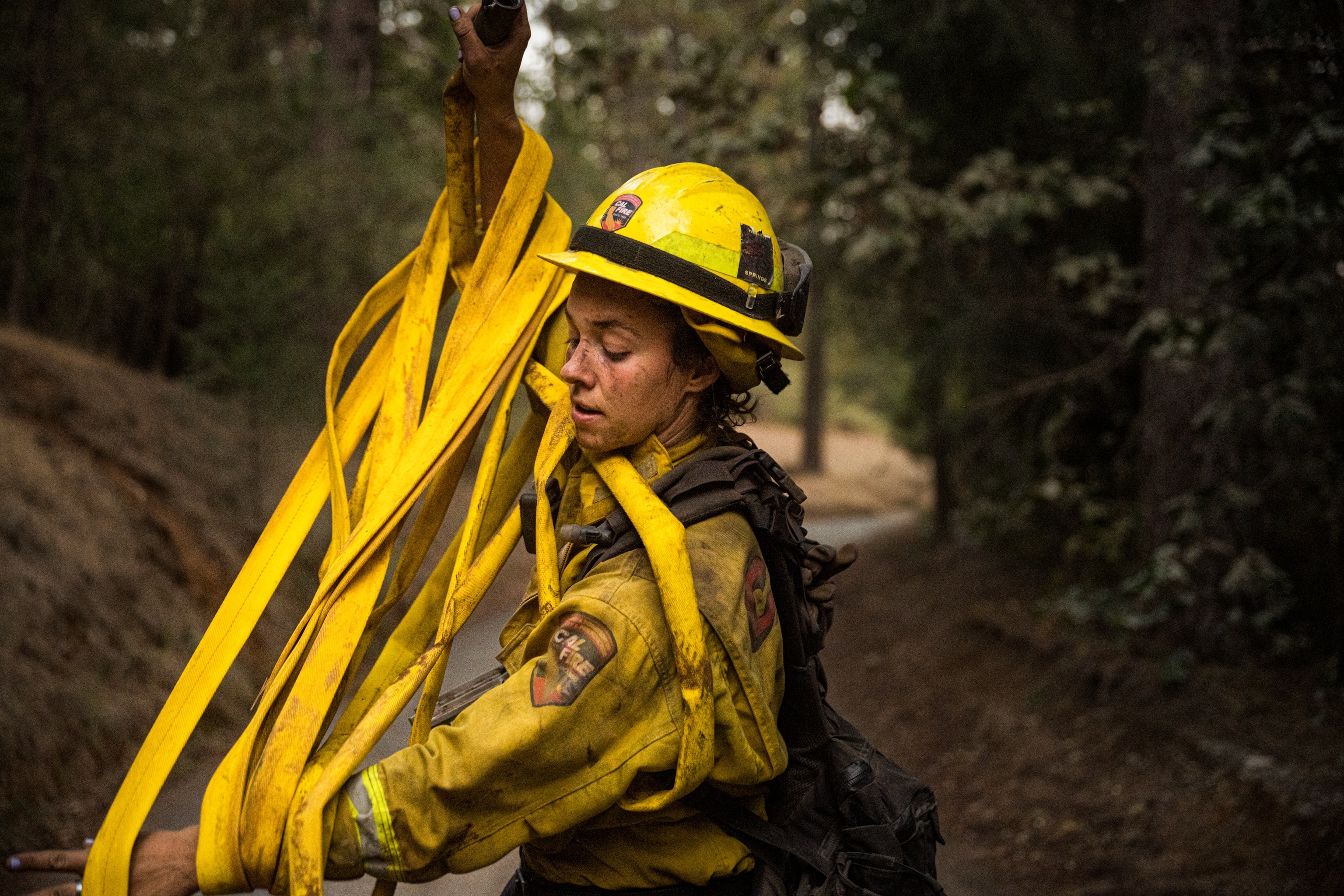



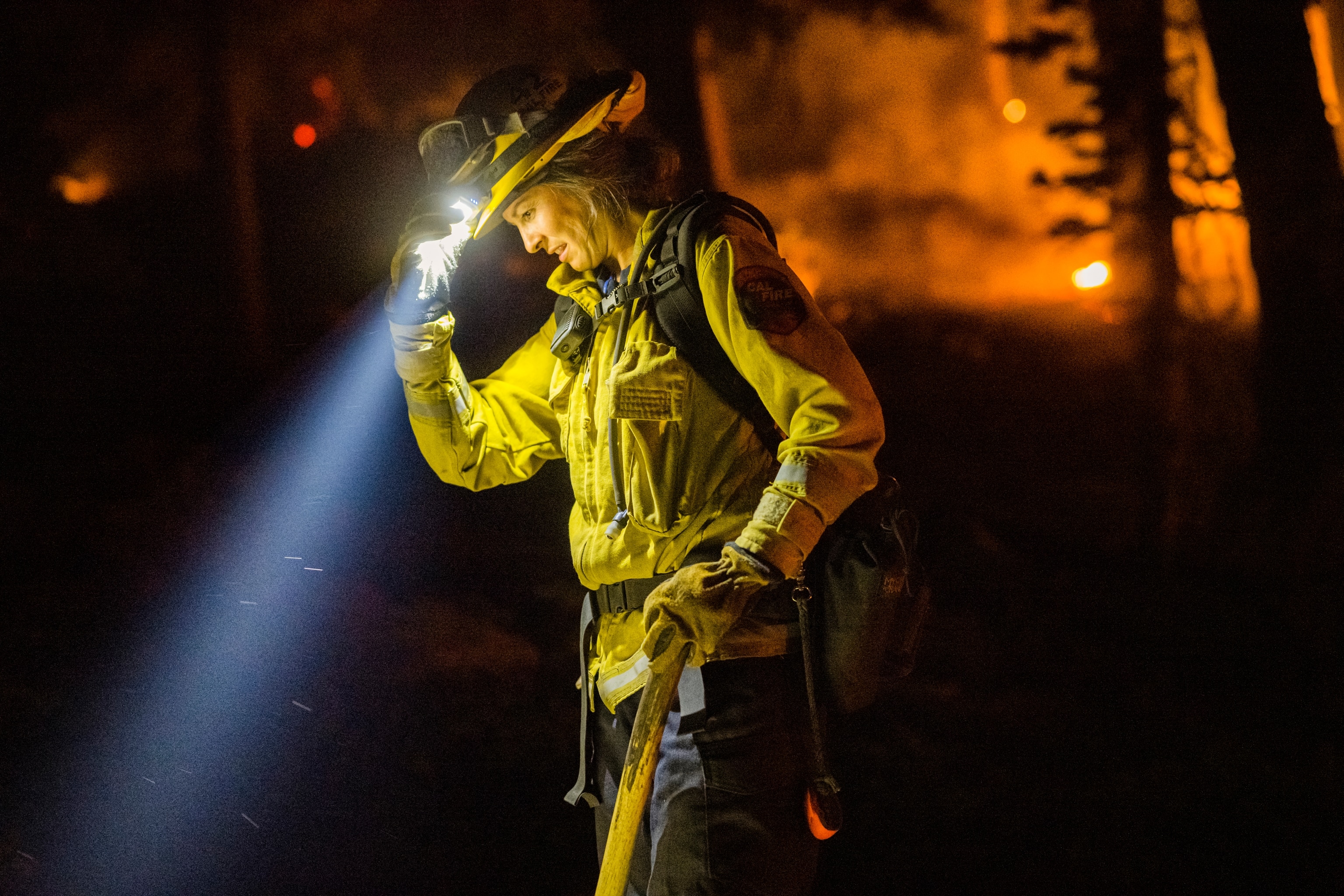
Life-changing moments
When Enz thinks back to that interaction she had as a child with the firefighter exiting her grandmother’s house, she realizes that moment has never left her.
Those instances are indelible and underline the significance of mentors, of representation, and of women—from any age or background—seeing other women in typically male-dominated professions. And they often come full circle.
Recently, Enz was coming off a fire line when she encountered a six-year-old girl, giddy with excitement over seeing a female firefighter.
“This is so cool,” the girl said as she looked up at Enz. “I never see girls."
Enz choked up as she realized she had grown into that stranger who altered the course of her own life.

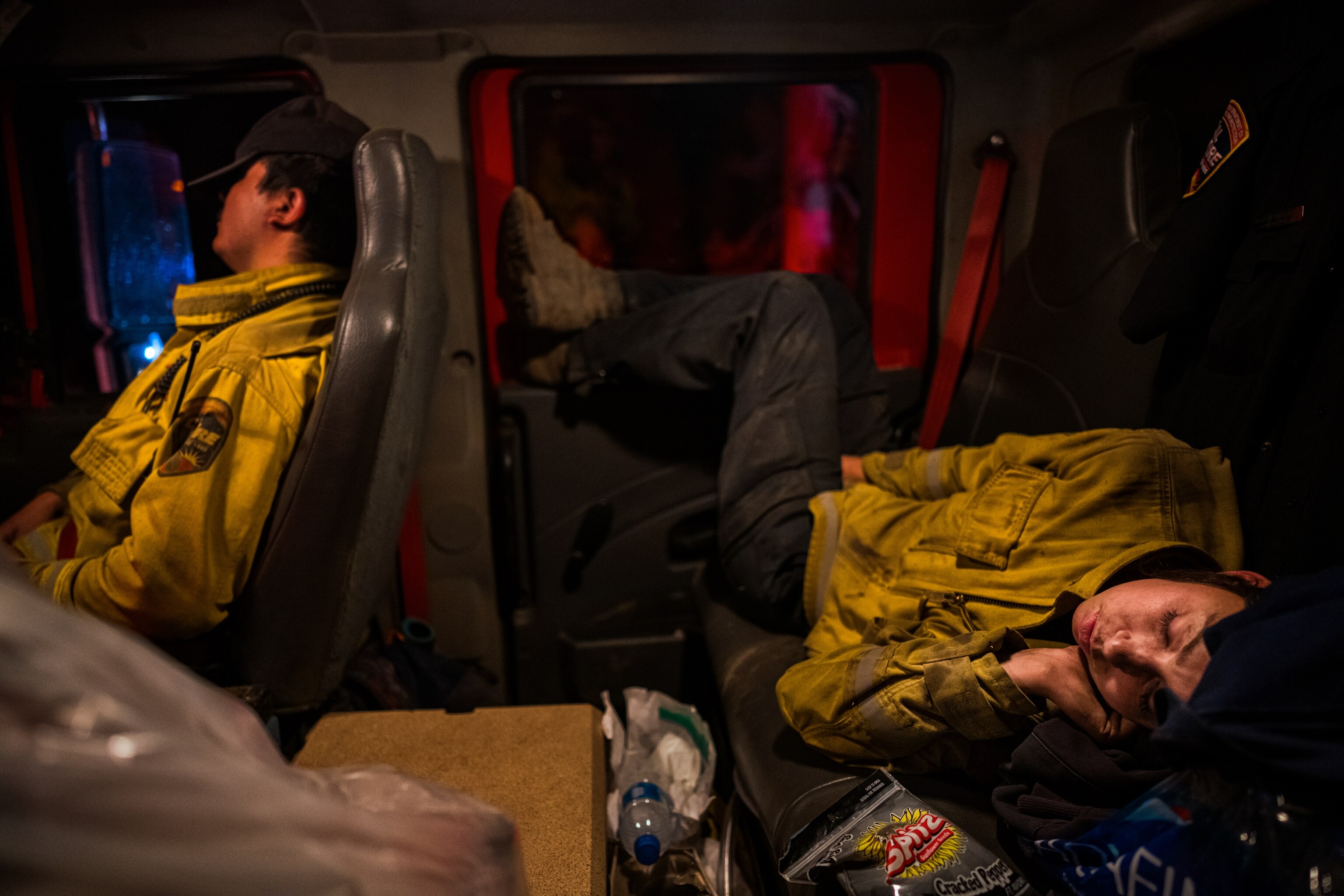
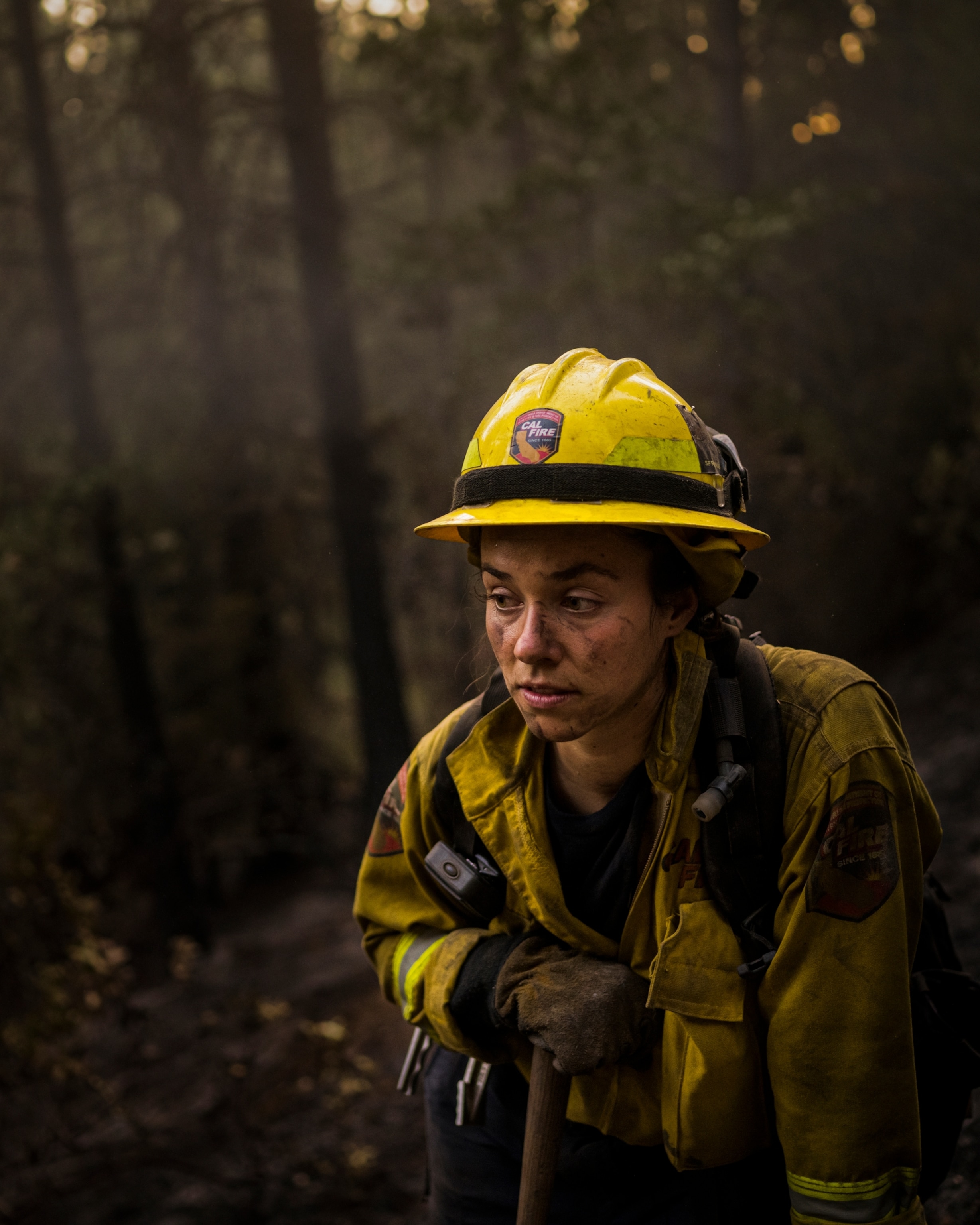
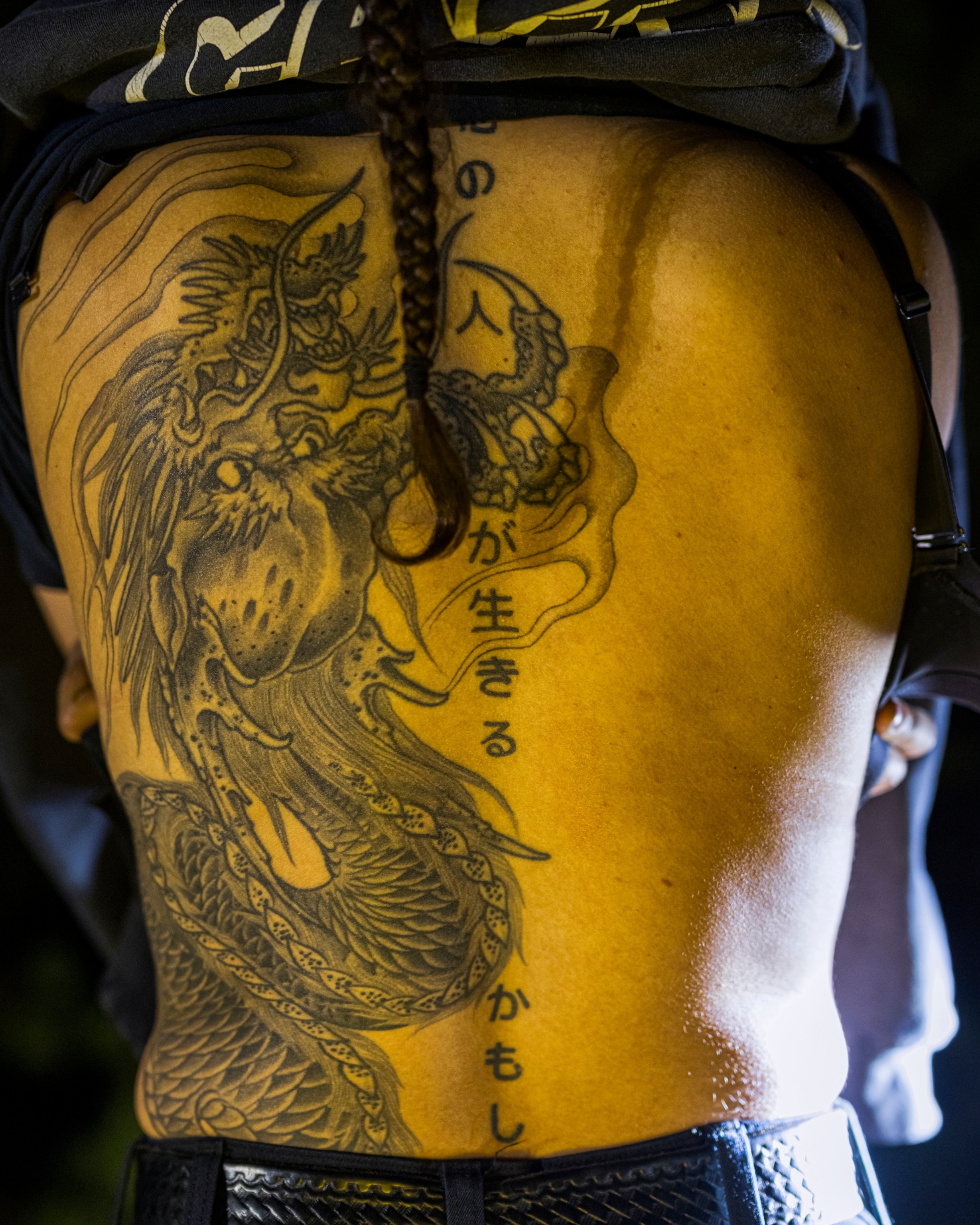
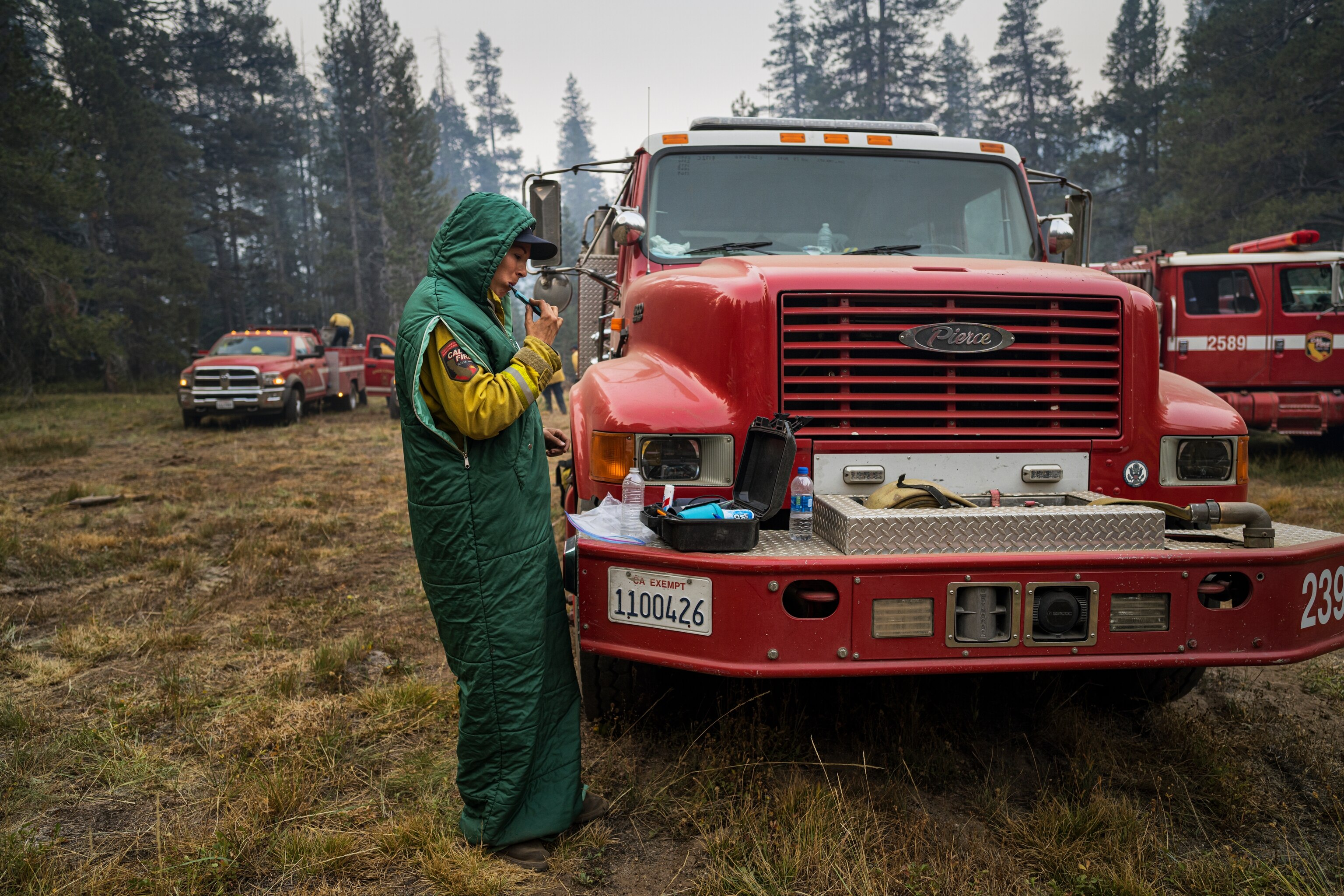
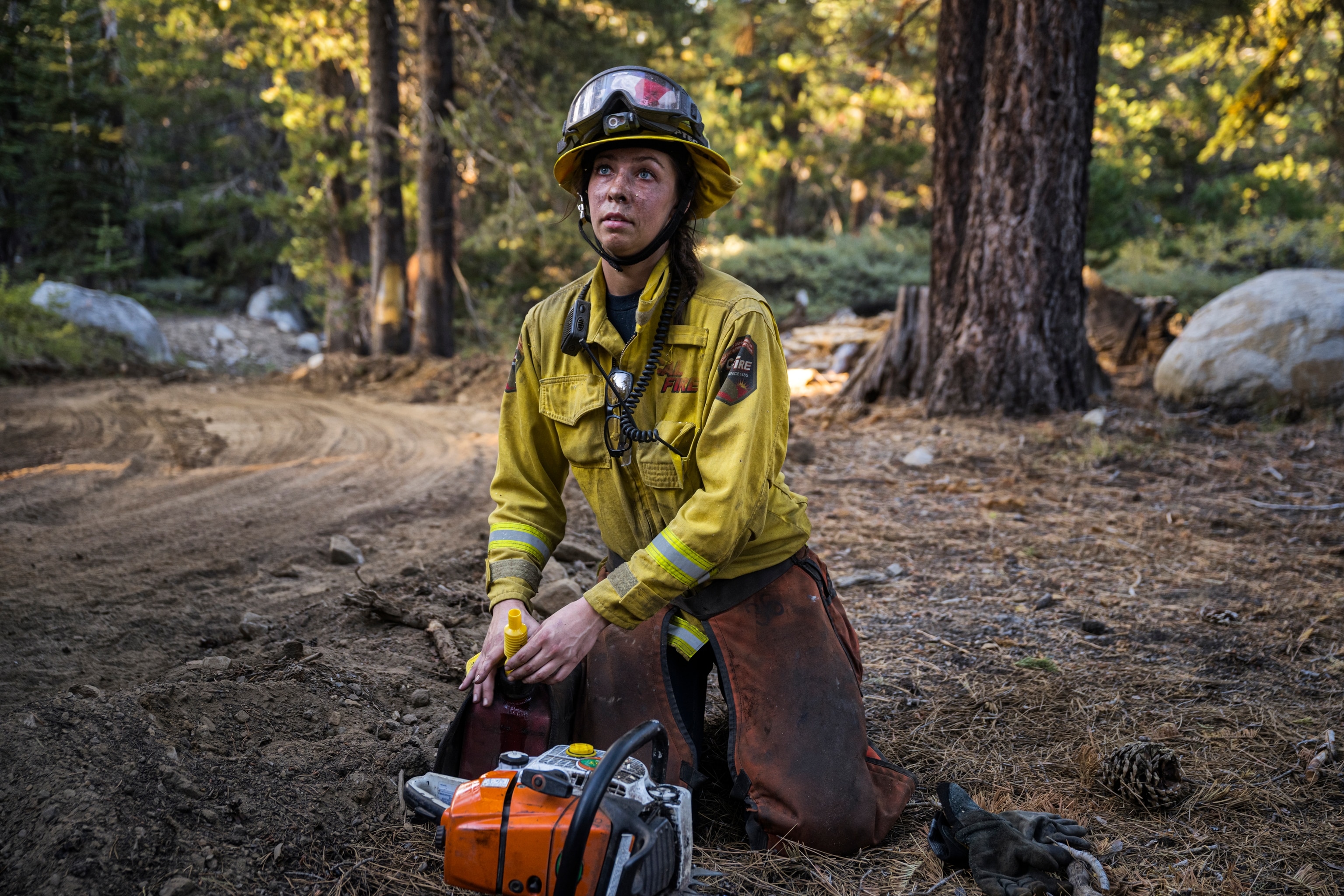
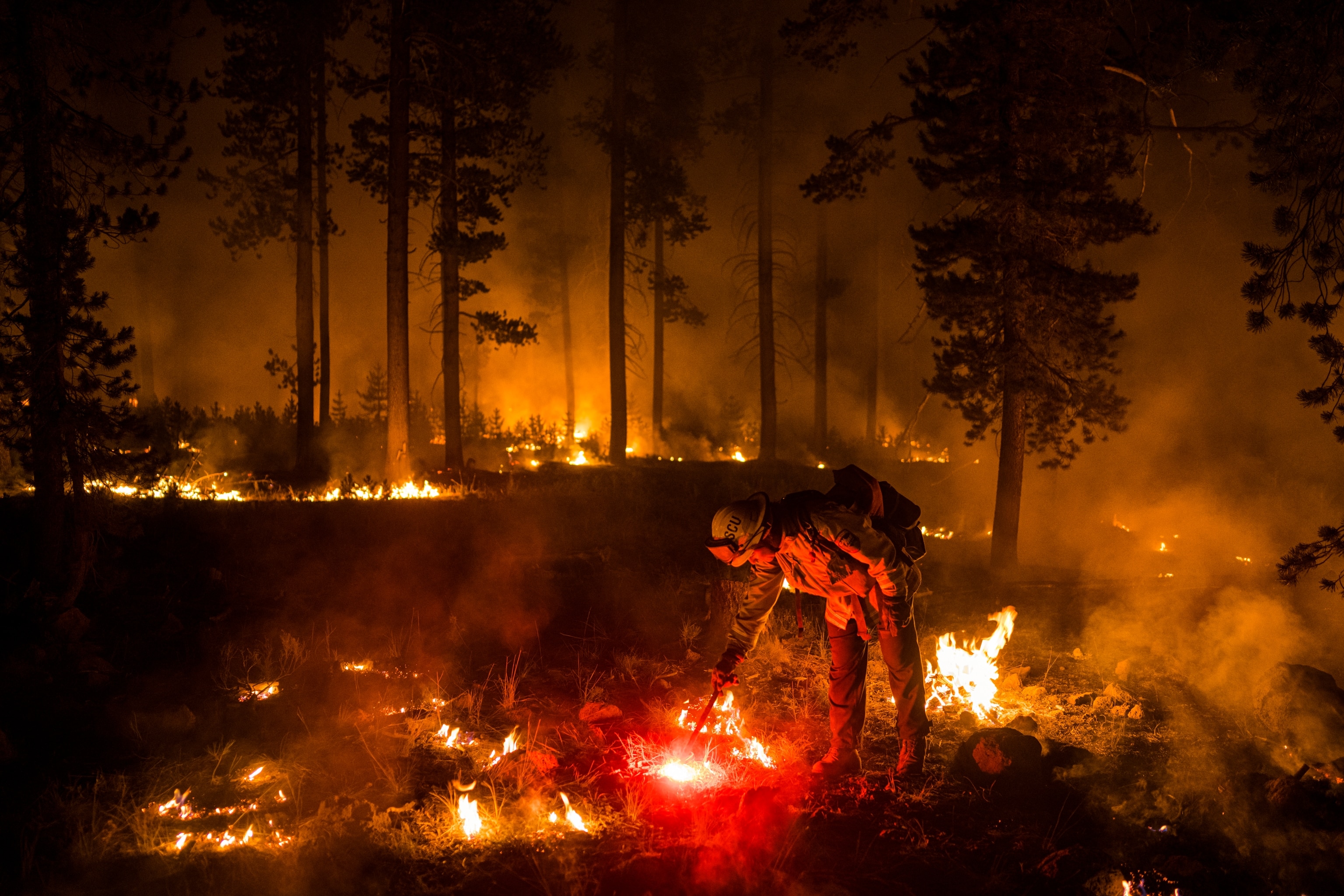
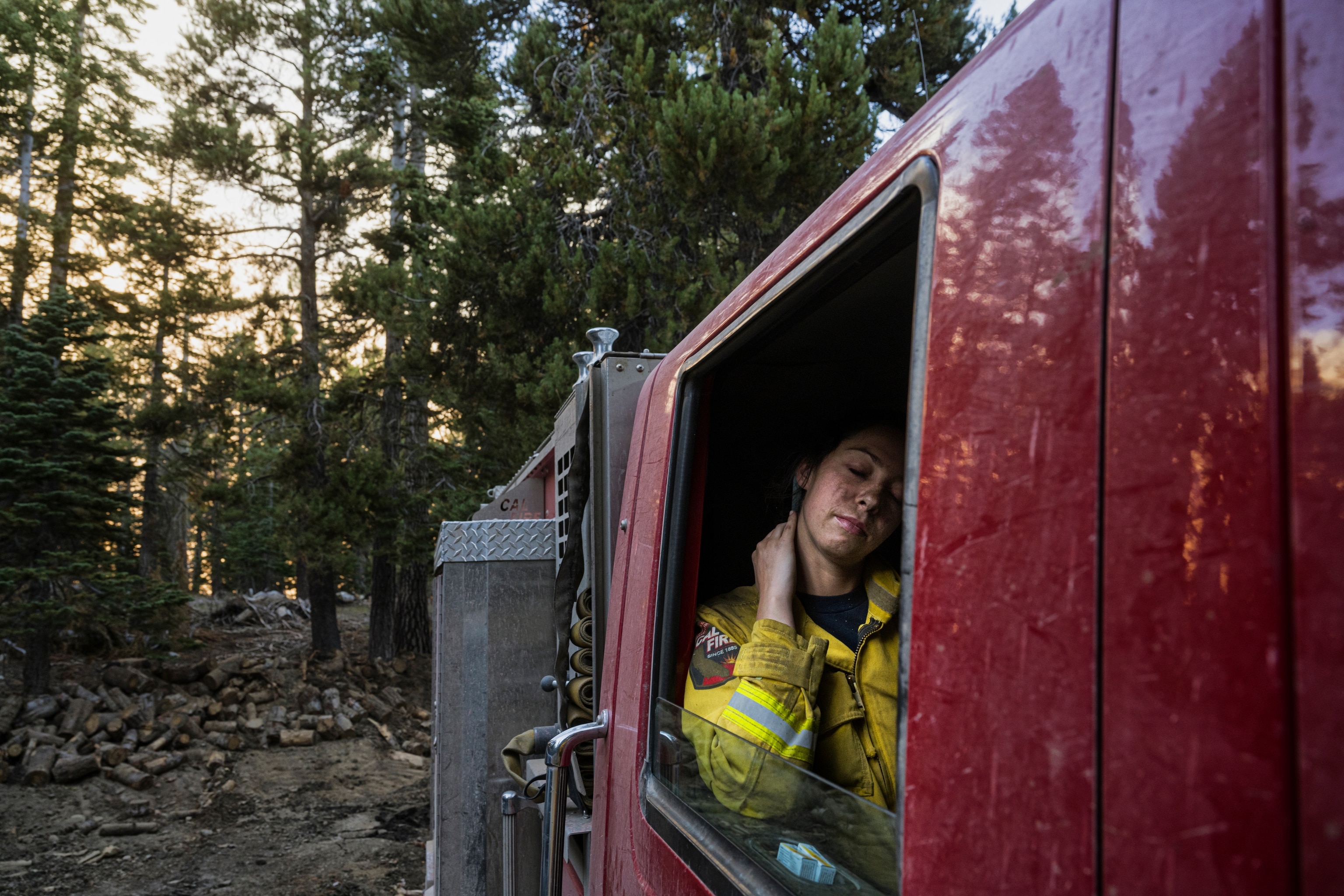
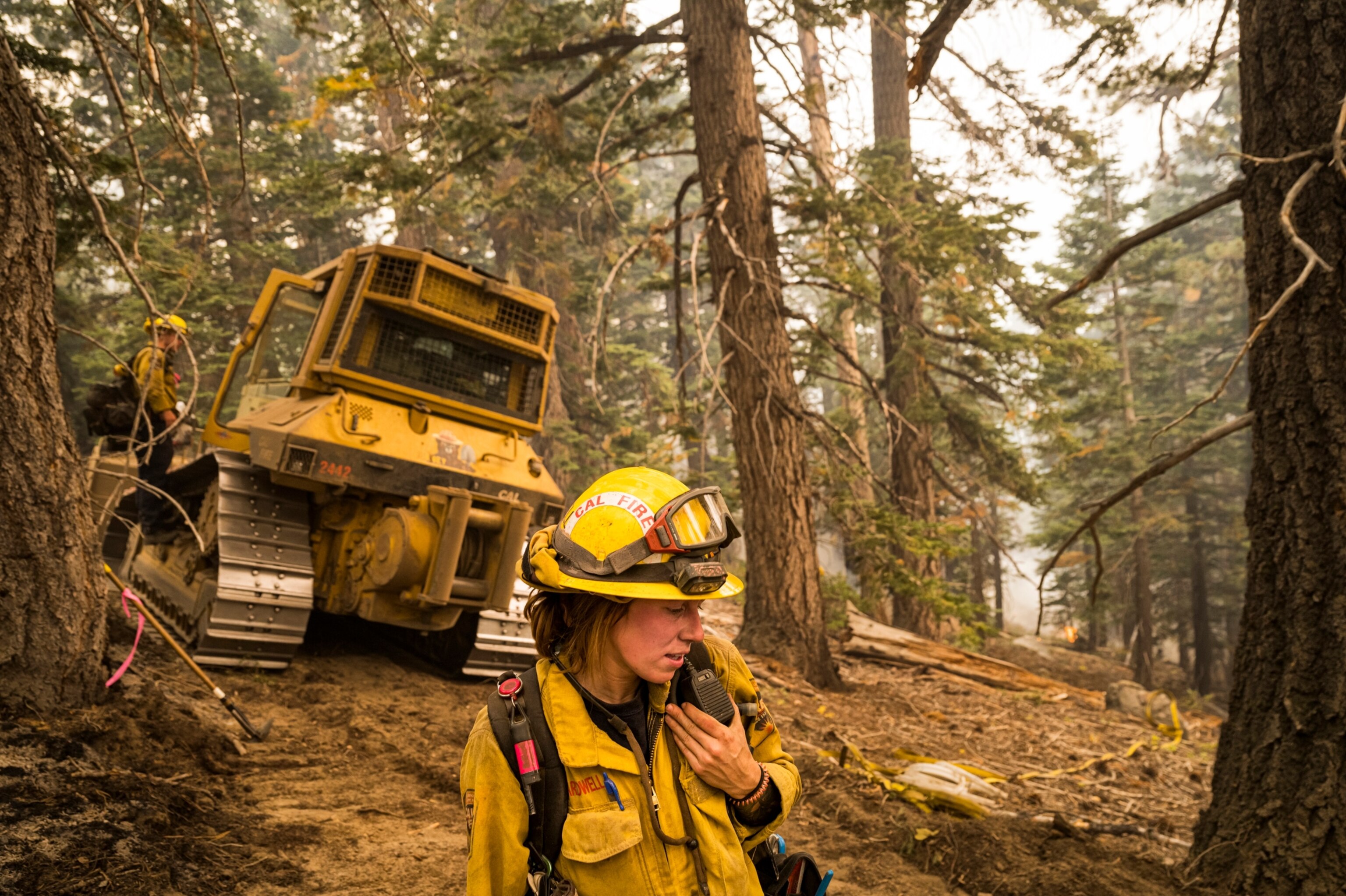
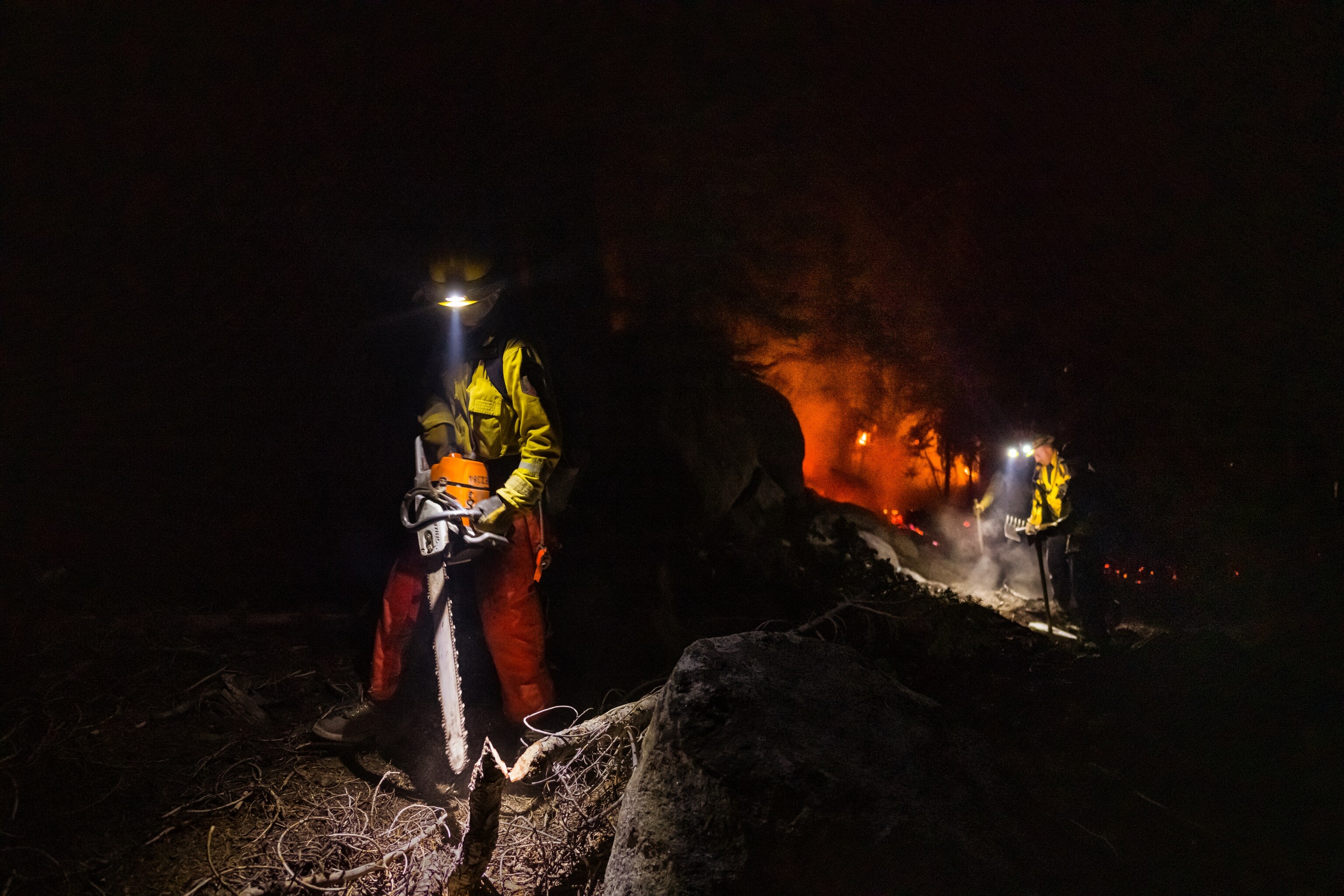
National Geographic Explorer and photographer Lynsey Addario is the author of the memoir It’s What I Do.
The National Geographic Society, committed to illuminating and protecting the wonder of our world, funded Explorer Lynsey Addario’s work. Learn more about the Society’s support of Explorers.





